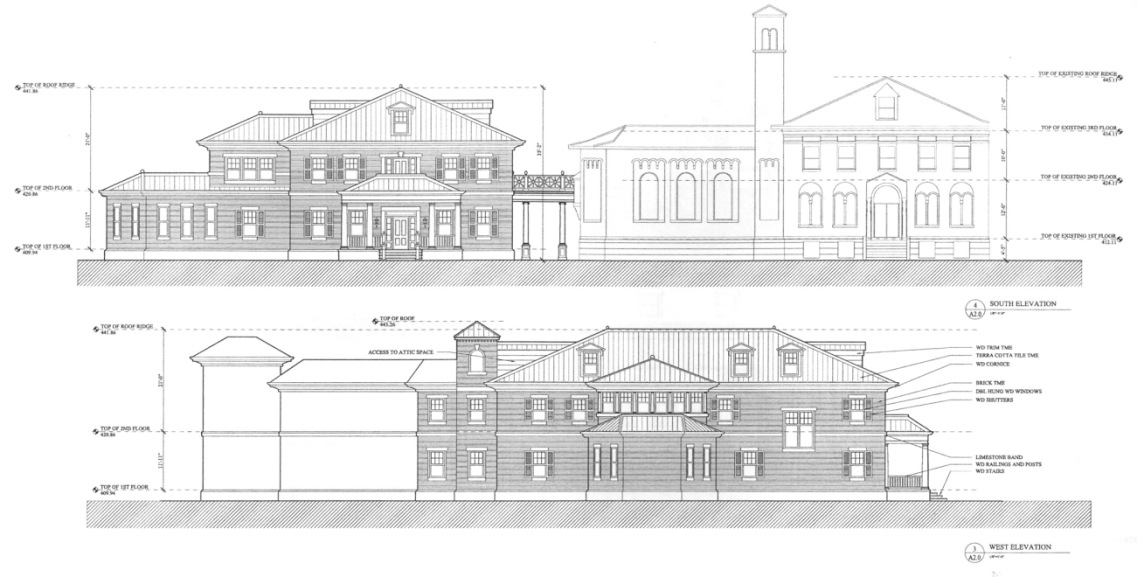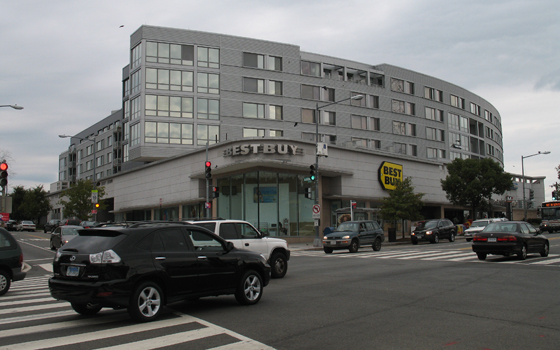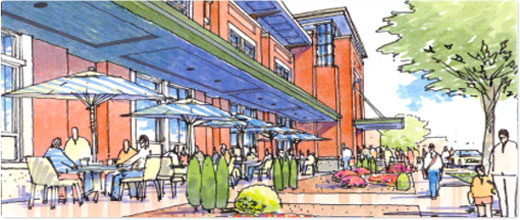 After the heated debate at the November ANC 3E meeting, you might have expected an even fiercer confrontation this past Thursday. There were even promises of it.
After the heated debate at the November ANC 3E meeting, you might have expected an even fiercer confrontation this past Thursday. There were even promises of it.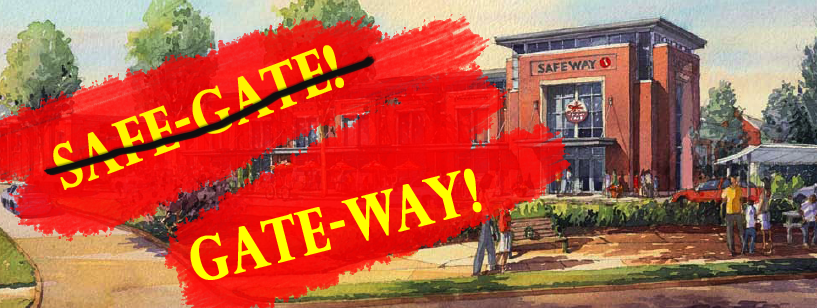
After the heated debate at the November ANC 3E meeting, you might have expected an even fiercer confrontation this past Thursday. There were even promises of it.
But it wasn’t. Instead, anger had been supplanted with dismayed grouchiness. While Avis Black, the regional real estate manager attended the meeting, she entrusted the presentation to Brian O’Looney, an associate principal at the architecture firm Torti Gallas. In a series of slides, he demonstrated the great lengths the architects had gone to in making the bulk of the structure as unobtrusive as possible without sacrificing the program of the store.
Yet, that program, the functional concept of the store, is precisely the problem. The grocery store, and all its subsidiary stores, such as a Starbucks, would face inward, contained in one enormous envelope with a unitary entrance. To their credit, the architects have tried to address neighbor’s concerns, but their efforts are like putting a rhinoceros in a corset. When called to cut down the size of the proposed store by 1,000 square feet, around 2% of the total area, Ms. Black simply refused.
The other sources of contention revolved around automobility. Noise emandating from the garage concerned one 43rd street resident in particular. Out front, it became clear that Safeway did not want to remove a slip lane between Wisconsin and 42nd St. because they intended it use it for cars to idle for grocery pick up. That a reconfigured intersection would be safer for pedestrians, produce a better pocket park, and reduce the amount of speeding on 42nd was not worth the change.
Unfortunately, critics of the store could not put up a consistent front, entering tangents about a number of minor elements – some of which were created by other halfhearted concessions. Whose interests does the store need to address? The hottest moment of a debate came when an irate teacher at the adjacent Georgetown Day School called out the proposal to move the controversial rear walkway, which ran from the school to the store entrance, inside the garage. The teacher declared, indignantly, that GDS was a neighbor too.
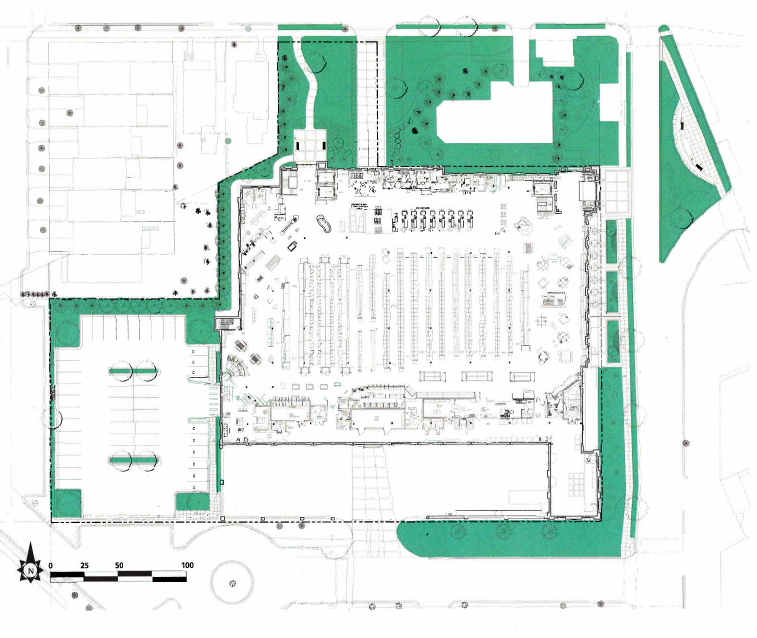
And beyond that, how about the residents of a few blocks away – or the region? At what point does a corporation that entered into public debate, as part of the Planned Unit Development process, have to address the public benefits. Safeway has tried to reduce the impact on adjacent neighbors. However, the store needs to take into consideration public issues, like regional planning, street life, and future growth in the area. A beautiful wall like the one to be built along 42nd is still just a wall. With the currently proposed monolithic store, Safeway cannot be urban.
What did appear was a conclusive sense that dialogue had failed between neighbors and the store. Safeway had made no promises and now promised even less. The neighbors in attendance seemed to not expect any changes. So the potential for mixed use and sustainable neighborhood design is lost, unless Safeway reconsiders their plans, or the zoning commission rejects them. The site has much potential, but Safeway is choosing to squander that.
